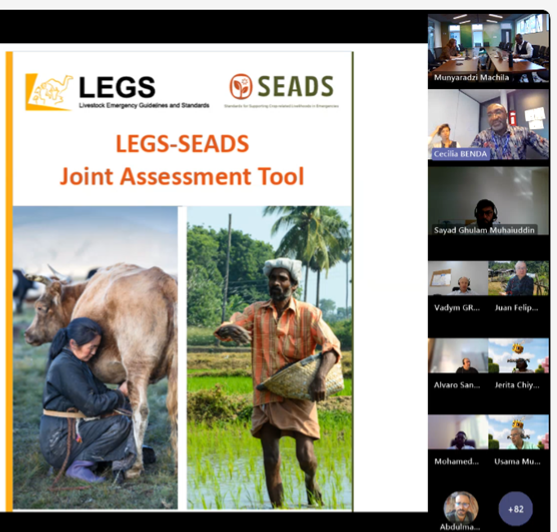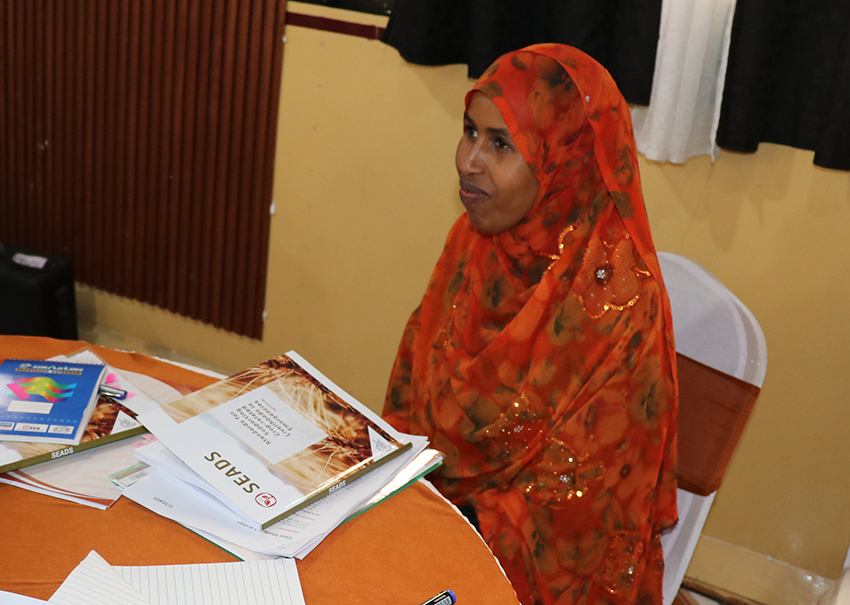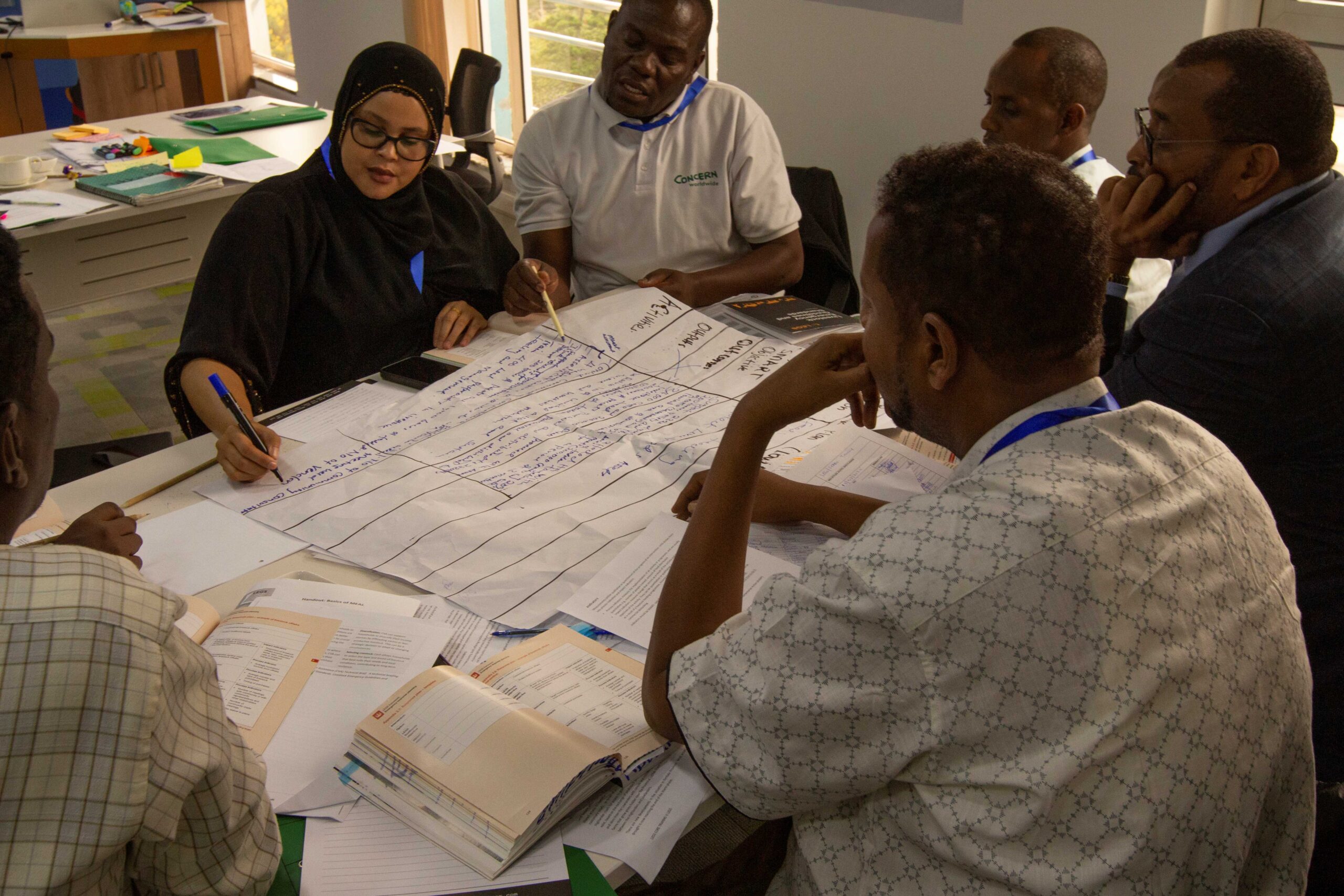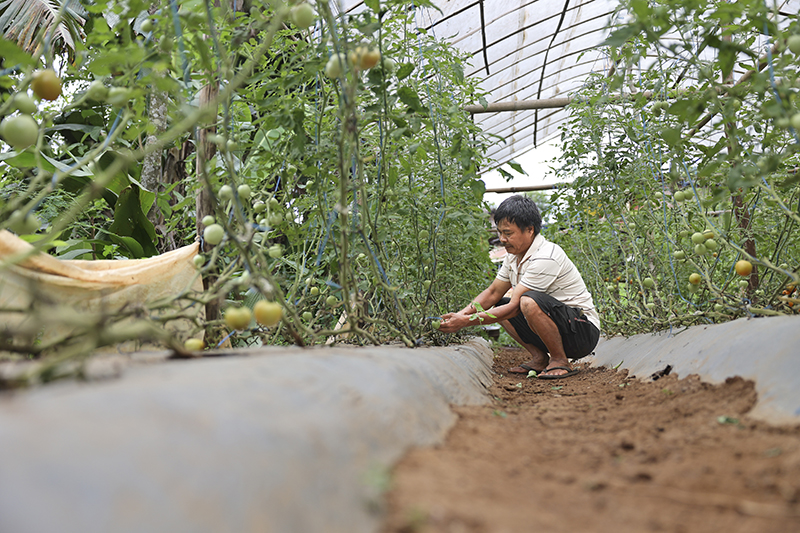
By Suresh Chandra Babu, Rajesh Dhungel, Prajula Mulmi, and Nandita Srivastava [1]
Climate change significantly impacts food security in Nepal, particularly affecting animal health and agricultural performance. The climate change related changes are affecting the Himalayan microclimates which has a bearing on crop suitability, productivity, and yield. With over 80% of the population relying on subsistence farming, emergencies exacerbate hunger and force negative coping strategies like forced migration and resource disputes. To safeguard livelihoods and promote self-reliance, it’s crucial to implement locally-tailored and integrated crop- and livestock-related crisis responses.
Current approaches and opportunities
The Government of Nepal has recognized these challenges and initiated several measures such as the Seed Vision (2013-2015), Land Use Policy 2015, Nepal’s National Adaptation Program, and the National Climate Change Policy 2019. Donor-funded projects, including those by USAID and the World Food Programme (WFP), have also supported local resilience-building efforts.
Despite these initiatives, challenges remain in integrating and mainstreaming preparedness and recovery efforts for agricultural crises. Current approaches are often piecemeal, lacking a robust and comprehensive system that engages multiple sectors across various agencies. Issues include unclear roles at provincial and local levels, insufficient financial resources, and scarcity of data and research on climate change in agriculture and livestock, and poor access to weather and climate-related information for farmers persist.
For instance, in the WFP project ‘Adapting to Climate Change-Induced Threats to Food Production and Food Security’, which ran 2018-2022 in the Karnali region, the weak institutional capacity of local governments was a major challenge. They had limited human resources and inadequate facilities to manage climatic issues and integrate these themes into local planning processes. These challenges present opportunities to integrate principles and standards into disaster response programming with clearly defined roles and responsibilities for stakeholders at various levels.
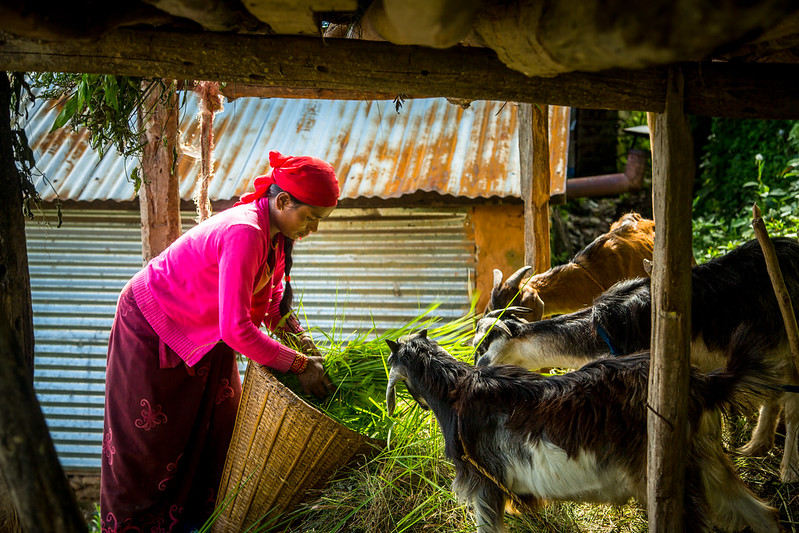
Operationalizing SEADS and LEGS
Nepal’s vulnerability to climate-related and other natural disasters puts the already low productivity and fragility of its agriculture system at further risk. Given the variations in ecology, altitudes, climate, resources, economy, infrastructure, socio-economy, and cultural practices, crisis responses must be tailored to local requirements. For example, higher-value temperate crops may now tolerate winter temperatures in parts of the Himalayas. The new crops, while improving food security, may interact negatively with natural disasters and must be chosen carefully so as not to magnify the effects and damage of natural disasters. Thus, there is a need to ‘operationalize’ and ‘localize’ an effective and agile emergency preparedness, response, and resilience plan that supports agriculture-related livelihoods and addresses several types of natural disasters if appropriate.
SEADS and the Livestock Emergency Guidelines and Standards (LEGS) provide systematic guidelines for emergency agricultural interventions. These guidelines aim to: 1) obtain immediate benefits using existing assets; 2) protect livestock and crop assets; and 3) rebuild livestock and crop assets and production systems.
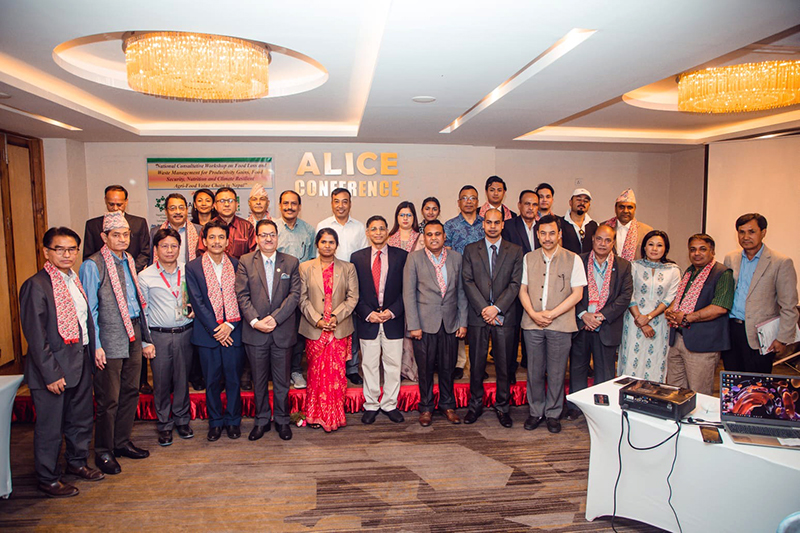
Progress in Nepal
In 2023, several consultations were held to localize SEADS guidelines. A national-level consultation in March introduced SEADS to potential donors. By August, USAID Nepal expressed interest in supporting SEADS in the Gandaki province. The Ministry of Land Management, Agriculture, and Cooperatives in Gandaki emphasized the need for both emergency planning and long-term development, aligning with the new five-year provincial development plan. The Disaster Preparedness Network – Nepal also highlighted the importance of context-specific guideline adoption.
Key recommendations from these consultations include: 1) translating guidelines into local languages for broader accessibility; 2) training government officials using a ‘training of trainers’ approach; and 3) building accountability mechanisms across government levels to streamline guideline adoption.
Activities to be implemented in next 12 months
Identifying partners: Identifying national and local partners is crucial for implementing actions on the ground. This involves mapping crisis response policies and programs, and identifying relevant stakeholders, including farmers, community leaders, local NGOs, and government staff.
Using a LEGS-SEADS Joint Assessment Tool (JAT): Initial assessments in crisis-affected areas can use the newly-created JAT, which integrates SEADS and LEGS guidance. This approach facilitates cost-effective assessments in smallholder farming and agro-pastoral communities.
Capacity strengthening: Capacity strengthening efforts are needed to ensure high-quality information collection and analysis. Workshops with key stakeholders and a ‘training of trainers’ approach will ensure sustainable outcomes.
Conclusion
Operationalizing and localizing SEADS and LEGS in Nepal is vital for enhancing the resilience of agriculture-based livelihoods against climate change. Integrating these international standards into local contexts will help Nepal better prepare for, respond to, and recover from crises, ensuring food security and promoting sustainable development. Progress so far and planned next steps highlight a promising path forward.
The ongoing journey to implement SEADS and LEGS requires continuous effort, collaboration, and adaptation. With the commitment of all stakeholders, Nepal can build a resilient and sustainable agricultural system capable of withstanding climate change and other crises.
[1] Suresh Chandra Babu and Nandita Srivastava are with the International Food Policy Research Institute Washington DC, Rajesh Dhungel is with BHA, USAID, Nepal, and Prajula Mulmi is an independent researcher in Nepal. The authors would like to thank our colleagues Santosh Gyawali, Andrew Levin, and Ryan O’Donnell for their guidance and feedback. The authors alone are responsible for the contents of this blog.

